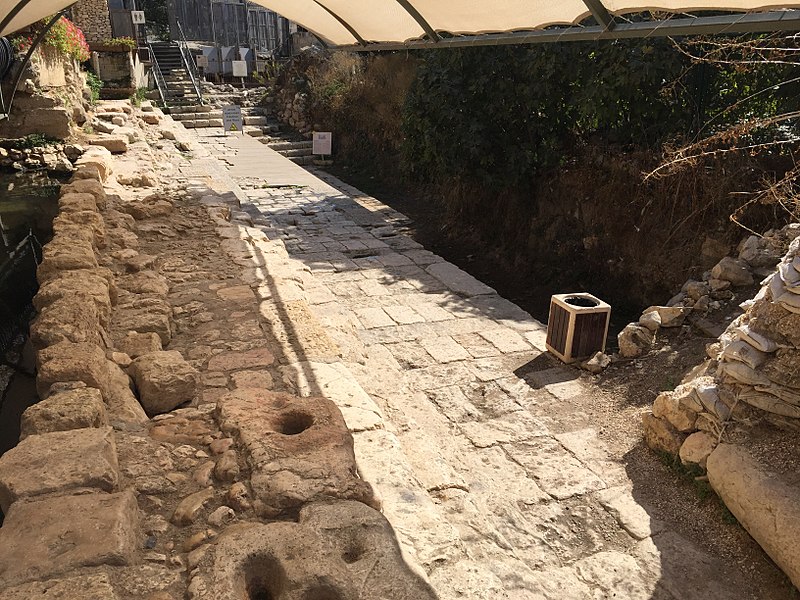6 Mar. Seeing is believing
"As Jesus was walking along, he saw a man who had been born blind. His followers asked him, 'Teacher, whose sin caused this man to be born blind - his own sin or his parents' sin?' Jesus answered, 'It is not this man's sin or his parents' sin that made him be blind. This man was born blind so that God's power could be shown in him.'..."
"After Jesus said this, he spat on the ground and made some mud with it and put the mud on the man's eyes. Then he told the man, 'Go and wash in the Pool of Siloam.' So the man went, washed, and came back seeing..."
"Then the people took to the Pharisees the man who had been born blind. The day Jesus had made mud and healed his eyes was a Sabbath day..."
"So some of the Pharisees were saying, 'This man does not keep the Sabbath day, so he is not from God.' But others said, 'A man who is a sinner can't do miracles like these.' So they could not agree with one another..."
"They asked the man again, 'What do you say about him since it was your eyes he opened?' The man answered, 'He is a prophet... You don't know where he comes from, and yet he opened my eyes. We all know that God doesn't listen to sinners, but he listens to anyone who worships and obeys him.'"
"'Nobody has ever heard of anyone giving sight to a man born blind. If this man were not from God, he could do nothing.' They answered, 'You were born full of sin! Are you trying to teach us?' And they threw him out."
(John 9:1-34)

It was widely thought in Jesus's day that illness and disability were caused by doing wrong. They were seen as God's punishment for going against God's commands. And if a child was born with a disability, it was believed to be a punishment for the parents' wrongdoings.
Jesus quickly set aside these commonly held beliefs, and to prove that the man's disability was nothing to do with sin, he healed him miraculously.
The man was hauled before the Pharisees who claimed that Jesus had gone against God’s laws by healing him on the Sabbath. But the man who was blind replied, “If this man were not from God, he could do nothing” (John 9:33). The Pharisees were furious and plotted to kill Jesus.
It isn’t known for certain whether Jesus’s miraculous healing of a man born blind took place at the small Pool of Siloam adjacent to Hezekiah’s water tunnel (the Upper Pool), or at the nearby Lower Pool (the Birket el-Hamra).
The small Pool of Siloam (the Upper Pool) and the entrance to Hezekiah’s Tunnel can be visited at the foot of the hillside ridge (Ophel Hill) on which the original City of David was built (see 2 Samuel 5:6-9, 2 Kings 20:20 and Map 13). A Byzantine church was erected here in the 5th century to commemorate Jesus’s miracle, but was destroyed in 614AD. Remnants of the columns that formed the four ‘porches’ or covered porticoes attached to this church, and other excavated remains of the church erected by the Empress Eudocia in c.450AD, can still be seen today.
Excavations in 2005, about 400 yards / 300 metres south of the Upper Pool, revealed extensive remains of several sets of monumental steps leading down into the much larger Lower Pool, which was probably the actual site of Jesus’s healing miracle.
This pool was probably used as a mikvah – a Jewish ritual bath – which would explain why Jesus told the man whose eyesight had been restored to bathe there. In this way, he would become ‘ritually clean’ under the Jewish law as well as physically healed (see John 9:7).
The photo (by Markbarnes) shows remains of the Lower Pool of Siloam.
You can read more about Jesus’s teachings @ https://www.thebiblejourney.org/…/jesus-claims-gods-person…/
